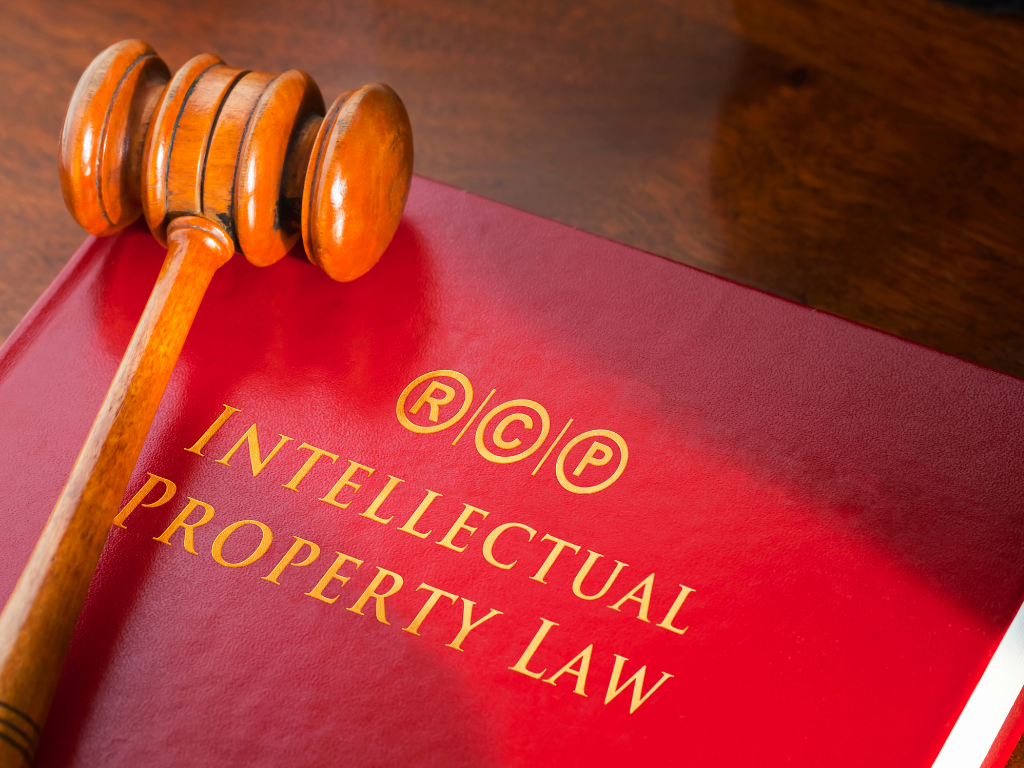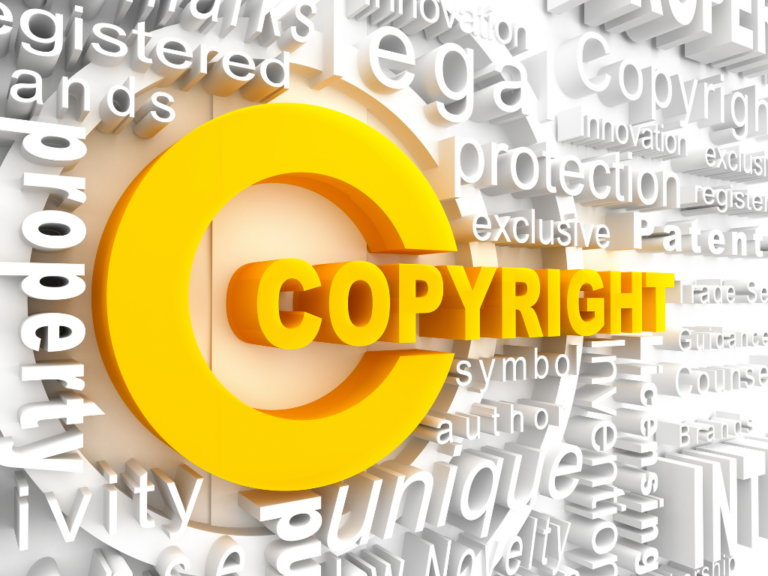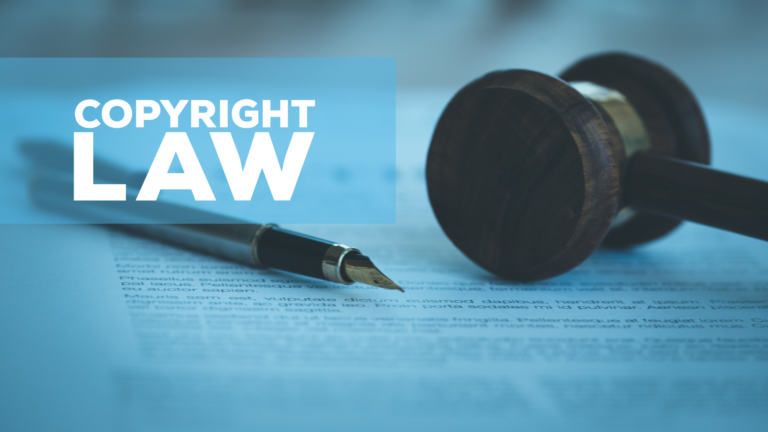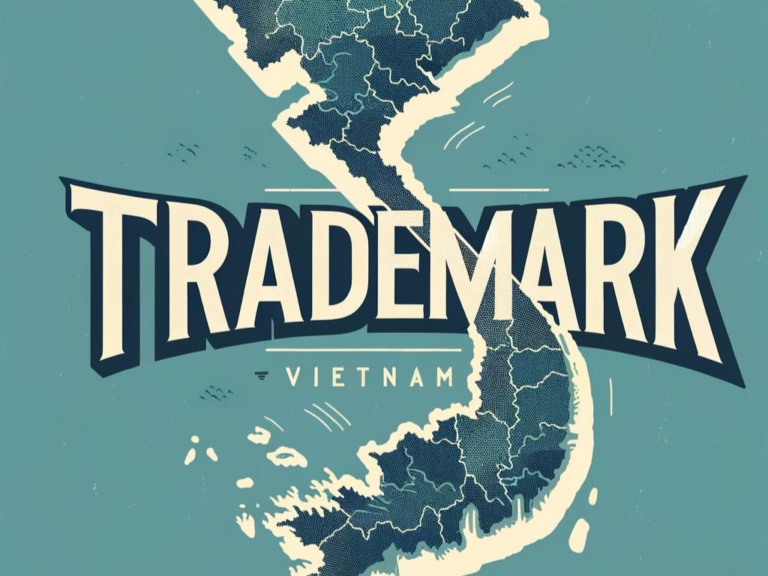Call us now:
Summary of Vietnam’s Intellectual Property Law. The Vietnam Intellectual Property Law was established with the goal of protecting the legitimate rights of creative entities and encouraging the development of intellectual assets. Enacted in 2005 and amended over the years, the Intellectual Property Law includes regulations on copyright, industrial property rights, and rights to plant varieties. This law serves as a critical legal foundation for safeguarding intellectual property rights, ensuring that individuals and organizations can fairly and legally benefit from their creations.

Summary of Vietnam’s Intellectual Property Law – Part One: General Provisions
Part One of Vietnam’s Intellectual Property Law, “General Provisions,” establishes the foundational framework for the entire IP law. This section includes:
Scope of Regulation: The law governs copyright, industrial property rights, and rights to plant varieties, covering the protection and enforcement of these rights.
Subjects of Application: The law applies to Vietnamese and foreign individuals and organizations in compliance with Vietnamese law and international treaties to which Vietnam is a signatory.
Objects of Intellectual Property Rights: These include copyright for literary, artistic, and scientific works; industrial property rights for inventions, industrial designs, layout designs, trade secrets, trademarks, trade names, and geographical indications; and plant variety rights covering propagation and harvest materials.
Interpretation of Terms: The law defines essential terms, including intellectual property rights, copyright, related rights, industrial property rights, plant variety rights, and other key IP-related terms.
Basis for Arising and Establishing IP Rights: Intellectual property rights arise or are established through creative processes and legal procedures such as registration and issuance of protection titles.
Limits on IP Rights: IP rights must respect state, public, and other individuals’ or organizations’ rights. The state may limit these rights for security, defense, or other social interests.
State Policy on IP: The state recognizes and protects IP rights to encourage innovation and protect public interests, including financial support, investment, and development of protection systems.
State Management Responsibilities: The government is responsible for managing and implementing IP regulations, with relevant agencies overseeing training, certification, and law enforcement activities.
Summary of Vietnam’s Intellectual Property Law – Part Two: Copyright and Related Rights
Part Two of Vietnam’s 2022 Intellectual Property Law, “Copyright and Related Rights,” includes the following chapters and sections:
Chapter I: Conditions for Protection of Copyright and Related Rights
- Section 1: Conditions for Copyright Protection: Defines the conditions for copyright protection, covering literary, artistic, scientific works, and derivative works. Protected works must be the author’s original creations, not copies of others’ work.
- Section 2: Conditions for Protection of Related Rights: Defines related rights protection for performances, audio recordings, video recordings, and broadcasts that occur in Vietnam or in accordance with international treaties to which Vietnam is a member.
Chapter II: Rights, Limitations, and Duration of Copyright and Related Rights Protection
- Section 1: Copyright: Copyright includes moral rights (such as naming, publishing, and maintaining the integrity of the work) and economic rights (such as copying, broadcasting, and distribution). Moral rights are non-transferable, while economic rights can be transferred or licensed to others.
- Section 2: Related Rights: Protects the rights of performers, producers of audio and video recordings, and broadcasting organizations. This section also outlines acts that infringe on copyright and related rights.
Chapter III: Owners of Copyright and Related Rights
Defines the entities that can hold copyright and related rights, including authors, organizations, or individuals who contract with authors to create works.
Chapter IV: Transfer of Copyright and Related Rights
- Section 1: Copyright and Related Rights Transfer: Establishes rules for transferring copyright and related rights through contracts, including conditions for such transfers.
- Section 2: Licensing of Copyright and Related Rights: Covers the licensing of copyright and related rights for a specified period through contracts allowing others to use the rights.
Chapter V: Registration of Copyright and Related Rights
Provides procedures for copyright and related rights registration, including application submission and issuance of certificates. Registration is optional but offers a method to protect rights in case of disputes.
Chapter VI: Collective Representation, Advisory, and Copyright and Related Rights Services
Collective copyright and related rights organizations are voluntary, non-profit organizations founded by authors and rights holders to represent them. These organizations, overseen by the Ministry of Culture, Sports, and Tourism, support members with negotiations, royalty collection, and other related benefits.
Advisory and copyright service organizations can offer services like legal advice and representation for authors and rights holders in the registration and protection of their rights upon request.
Summary of Vietnam’s Intellectual Property Law – Part Three: Industrial Property Rights
Part Three of Vietnam’s 2022 Intellectual Property Law, “Industrial Property Rights,” includes the following chapters and sections:
Chapter VII: Conditions for Protection of Industrial Property Rights
- Section 1: Conditions for Protection of Inventions: Specifies that inventions must be novel, inventive, and industrially applicable to qualify for protection.
- Section 2: Conditions for Protection of Industrial Designs: Industrial designs are protected if they are new, creative, and can be applied industrially.
- Section 3: Conditions for Protection of Layout Designs: Integrated circuit layout designs are protected if they are original and commercially new.
- Section 4: Conditions for Protection of Trademarks: Trademarks are protected if they are distinctive and not identical to registered trademarks.
- Section 5: Conditions for Protection of Geographical Indications: Geographical indications are protected if the product originates from that geographic area and has unique qualities tied to that region.
- Section 6: Conditions for Protection of Trade Names: Trade names must be distinctive, not duplicate, and avoid causing confusion with other organizations in the same field.
- Section 7: Conditions for Protection of Trade Secrets: Trade secrets are protected if they are not publicly known, have business value, and are kept confidential.
Chapter VIII: Establishing Industrial Property Rights
- Section 1: Registration of Inventions, Industrial Designs, Layout Designs, Trademarks, Geographical Indications: Industrial property rights are established through state-issued protection certificates or by recognition of international registration.
- Section 2: Priority Rights: Defines priority rights in industrial property registration, allowing subsequent applications to claim priority if they meet specific conditions.
Chapter IX: Owners, Scope, and Limitations of Industrial Property Rights
- Section 1: Owners and Scope of Industrial Property Rights: Specifies that individuals and organizations granted protection titles own industrial property rights, which include rights to use, transfer, license, and prevent violations of these rights.
- Section 2: Limitations of Industrial Property Rights: Includes limitations such as prior use rights for inventions and obligations to pay remuneration to authors of inventions and industrial designs.
Chapter X: Transfer of Industrial Property Rights
- Section 1: Transfer of Industrial Property Rights: Defines the conditions for transferring industrial property rights through contracts, including restrictions such as non-transferability of geographical indications and limitations on transferring trade names.
- Section 2: Licensing of Industrial Property Rights: Covers licensing agreements for the use of industrial property objects, types of contracts, and restrictions on trademark licensing.
Chapter XI: Industrial Property Representation
Specifies services for industrial property representation, including activities on behalf of individuals or organizations to manage legal procedures related to industrial property protection, as well as service requirements for representatives.
Summary of Vietnam’s Intellectual Property Law – Part Four: Rights to Plant Varieties
Part Four of Vietnam’s 2022 Intellectual Property Law, “Rights to Plant Varieties,” includes the following chapters:
Chapter XII: Conditions for Protection of Rights to Plant Varieties
This section defines the organizations and individuals eligible for protection of rights to plant varieties, including those who create, develop, or receive transferred rights. Plant varieties are protected if they meet criteria for novelty, distinctiveness, uniformity, stability, and have an appropriate name.
Chapter XIII: Establishing Rights to Plant Varieties
Outlines the registration and establishment procedures for plant variety rights through the issuance of a Plant Variety Protection Certificate. This includes the “first-to-file” principle and priority rights for registration applications.
Chapter XIV: Scope and Limitations of Rights to Plant Varieties
- Scope of Rights: The holder of a plant variety protection certificate has rights to use or authorize others to use reproductive material, including production, processing, and distribution rights.
- Limitations of Rights: The rights to plant varieties are limited in specific cases, such as non-commercial public use.
Chapter XV: Transfer of Rights to Plant Varieties
Regulates the transfer and licensing of plant variety rights. Transfers must be made through contracts without any unreasonable restrictions on the licensee’s rights.
Summary of Vietnam’s Intellectual Property Law – Part Five: Protection of Intellectual Property Rights
Part Five of Vietnam’s 2022 Intellectual Property Law, “Protection of Intellectual Property Rights,” includes the following chapters:
Chapter XVI: General Provisions on Protection of Intellectual Property Rights
- Right to Self-Protection: Intellectual property (IP) holders can take measures to protect their IP, such as using technology to prevent infringement or demanding that individuals or organizations cease infringement and compensate for damages.
- Requesting Assistance from State Authorities: IP owners can request intervention from relevant state authorities to handle infringements as provided by law.
- Presumption of Copyright: Works, including digital works, are automatically protected under copyright if they meet certain conditions, without requiring registration, to safeguard author rights in case of disputes.
- Responsibilities of Intermediary Service Providers: Intermediary service providers, like internet service providers, are responsible for supporting copyright protection by implementing technical measures, coordinating with state authorities, and cooperating with rights holders to protect copyright on telecommunications and the internet.
- Regulations on Examiner Qualifications and IP Examination Principles: Specifies conditions for IP examiners and the principles governing IP examination.
Chapter XVII: Civil Measures
- Provisional Urgent Measures: IP holders may request the court to apply provisional urgent measures if there is a risk of irreparable damage.
- Handling of Infringements: The court may order infringers to compensate for damages, cover legal fees, and may apply interim measures to protect the rights of IP holders.
Chapter XVIII: Handling IP Infringement via Administrative and Criminal Measures; Control of IP-related Import and Export Goods
- Administrative and Criminal Sanctions: IP infringement may be dealt with by administrative or criminal measures, depending on the severity and nature of the violation.
- Control of Import and Export Goods: Customs authorities are responsible for monitoring and preventing the import and export of goods that infringe IP rights.
Summary of Vietnam’s Intellectual Property Law – Part Six: Implementation Provisions
Part Six of Vietnam’s 2022 Intellectual Property Law, “Implementation Provisions,” includes regulations concerning the application and effectiveness of the law:
Effective Date: The Intellectual Property Law takes effect from the specified date, and it also outlines transitional provisions for intellectual property rights that were already protected before the law’s effective date.
Transitional Provisions: Intellectual property rights that are in the registration process or have already been protected will continue to follow the regulations of the law in effect at the time the application was filed. This ensures the protection of rights and continuity for previously submitted applications.
Contact Us Now:
DCNH LAW
Address: 38B Tran Nhat Duat, Phuoc Hoa ward, Nha Trang city, Khanh Hoa province, Vietnam.
Phone: (+84) 343320223 – 974278893
Email: dcnh.law@gmail.com




